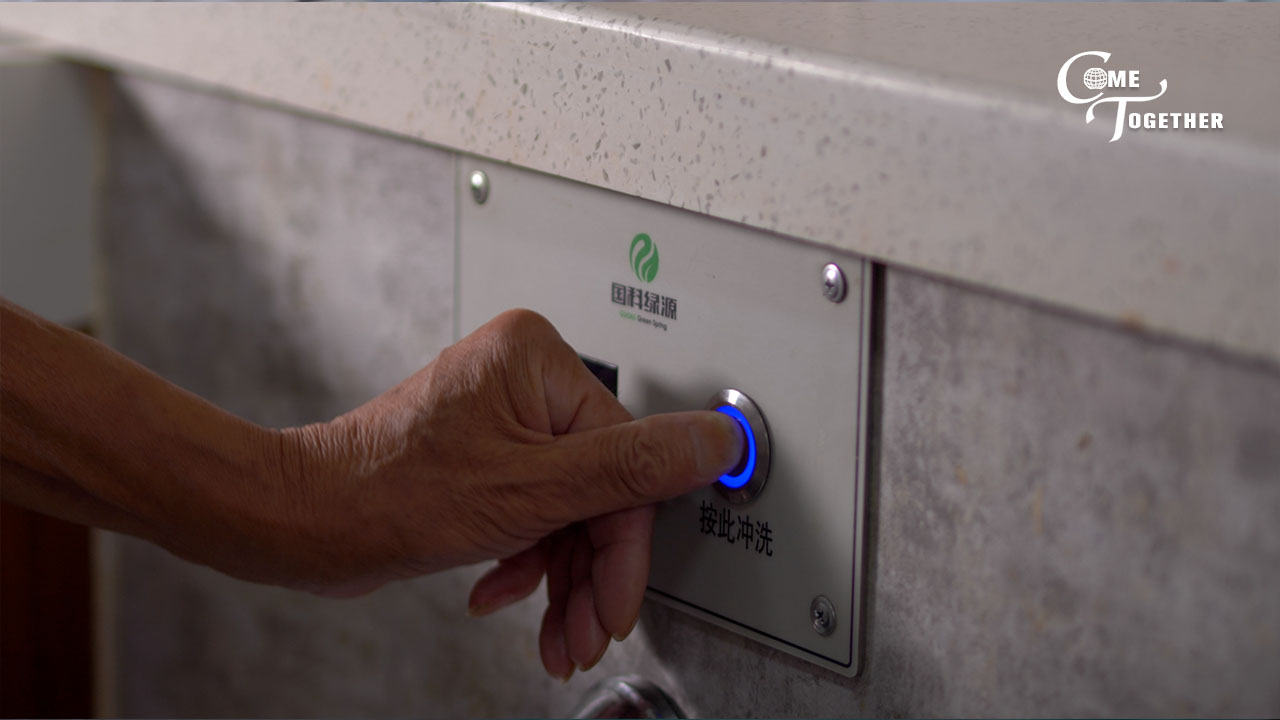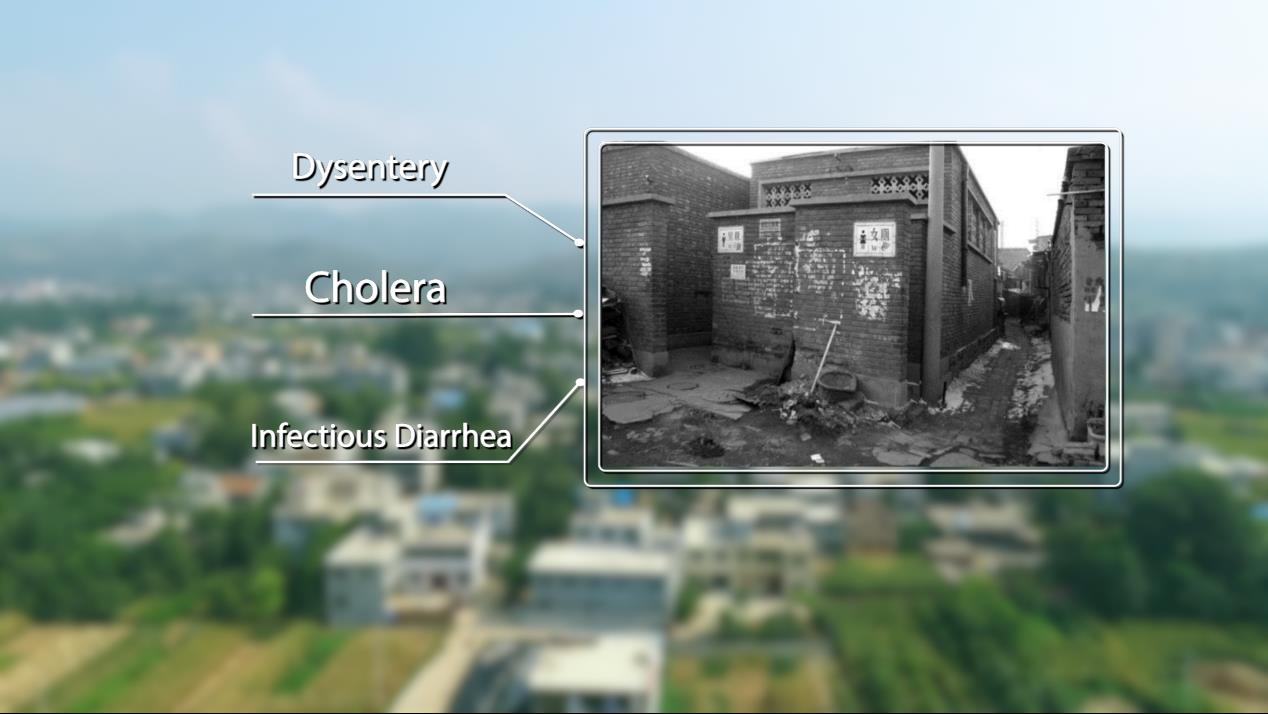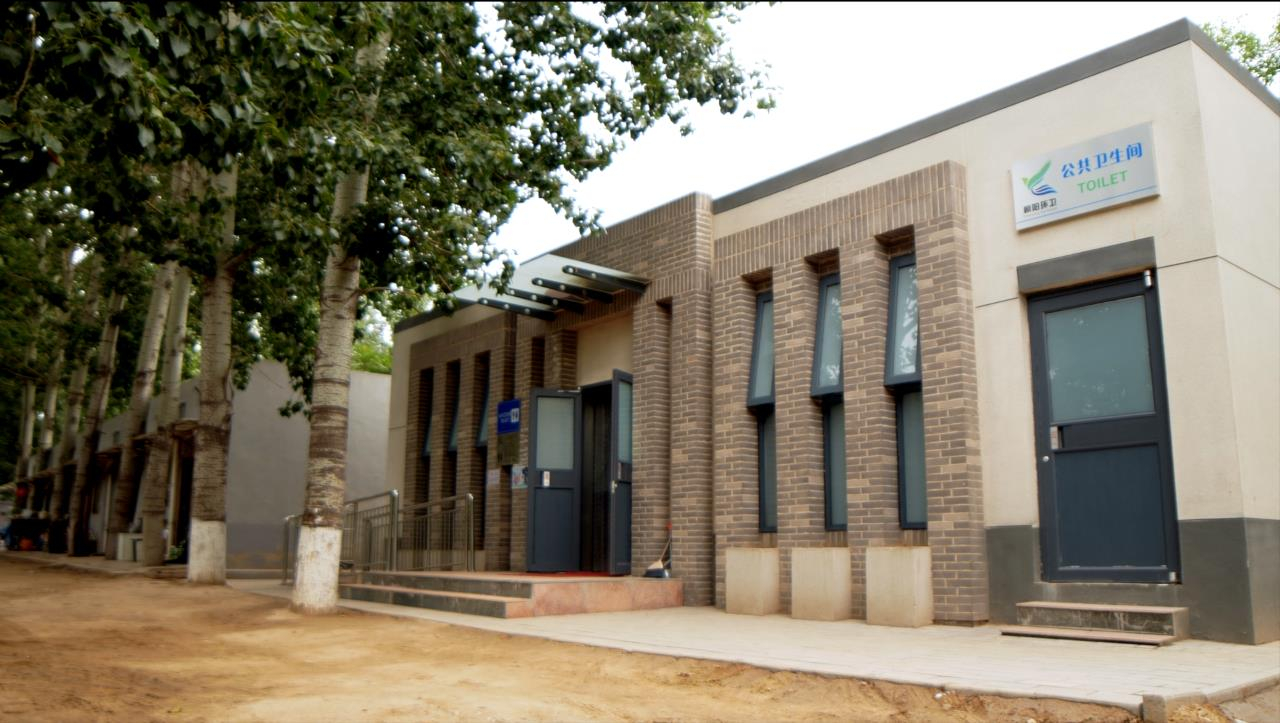04:52

Editor's note: November 19 marks World Toilet Day. In this episode of the "Come Together" series, CGTN looks at how toilets have evolved in the world's most populous country in decades.
"The toilets in our village are using advanced technology applied in airplanes and high-speed trains," said Song Baohua, Beijing resident. "They are super clean now!"
"People came over on bikes and others drove in their cars," echoed Zhang Zhenying, Song's wife.
Song and Zhang are a couple living in Niuwangmiao Village in Beijing's Chaoyang District. The convenience store they run is less than 20 meters away from a public toilet in the village. The couple still remember what the old toilet was like before the renovation two years ago.
"It was smelly with flies and mosquitoes everywhere," Song recalled.
"There were no doors. The windows were very low. No dividers, neither. So you could be seen from the outside. No women wanted to use it," Zhang admitted.
Made up by simple latrine pits, the public loos in the village had no drainage system or people to keep them clean. In fact, the same situation happened to most dry toilets in rural China. These primitive toilets posed huge health risks to the villagers.

Over 30 types of the diseases are mainly caused by feces. /CGTN Graphics
Over 30 types of the diseases are mainly caused by feces. /CGTN Graphics
According to the Chinese Center for Disease Control and Prevention, feces and contaminated drinking water are responsible for 80 percent of infectious diseases in rural areas. Over 30 types of the diseases including dysentery, malaria and infectious diarrhea, are mainly caused by feces. To improve the quality of people's lives and safeguard their health, China has embarked on a "toilet revolution" in rural areas since the 1990s.
Statistics from the Ministry of Agriculture and Rural Affairs show that, as of 2018, over 10 million rural toilets had been upgraded, accounting for more than half the total in rural areas.
The village where Song and Zhang live has over 4,000 residents and is equipped with 12 public toilets. In 2018, the village was included in a pilot program for the "toilet revolution" in Beijing. A vacuum sewage discharge technology was introduced. Featuring an air pressure below atmospheric pressure, the vacuum system can transport feces to the treatment pools effectively.
"As the system uses a vacuum pipe network, the air only flows in a single direction. Therefore, the odor in the toilet can be largely contained," explained Hao Yuepeng, "Toilet Revolution" staff.
While a vacuum toilet can be twice as expensive as an ordinary one, it is actually more cost-effective, since it saves water and costs little to clear up the feces.
"It used to cost 80 yuan ($11) per ton for cleanup. Now, we can save the fees for nearly 210 tons every month which equals 220,000 yuan ($30,000) per year. With three years' savings we can build a new vacuum toilet," Hao told CGTN.
On July 12, 2018, the first vacuum toilet was put into use in the Niuwangmiao Village. Apart from the well-equipped facilities, there are also cleaners who keep the toilet clean 24 hours a day.
"Now, the toilet smells completely different and the dividers give us more privacy," villager Zhang Zhenying said.

A public toilet in Beijing. A total of 85 percent of rural households in China should have access to sanitary toilets by 2020. /CGTN Photo
A public toilet in Beijing. A total of 85 percent of rural households in China should have access to sanitary toilets by 2020. /CGTN Photo
From 2004 to 2013, the Chinese government investment reached 8.27 billion yuan. In 2019, China invested another seven billion yuan (one billion U.S. dollar) in the rural "toilet revolution" and it is expected that 85 percent of rural households should have access to sanitary toilets by 2020.
"China's 'toilet revolution' has set a good example for other developing countries. It was initiated by President Xi Jinping and coordinated by different departments, bringing infrastructure to millions of households," said Lou Xiaoqi, executive director of Capital Civilization Development Foundation.
The "toilet revolution" was originally proposed by the United Nations Children's Fund to improve the conditions of toilets in all developing countries. In 2013, the United Nations chose November 19 as World Toilet Day.
"We have to mobilize around something absolutely evident," said Jan Eliasson, then Deputy Secretary-General of the UN. "We got to realize that nobody can do everything but everybody can do something."